VE Day 80th Anniversary Activity
Please let us have your VE Day photographs
Include information on location, equipment in use, names and or call signs of people in the photo and any other information that you think will be of interest to our members. Send to webeditor@vmars.org or to m0ymkm0ymk@gmail.com for publication on our website.
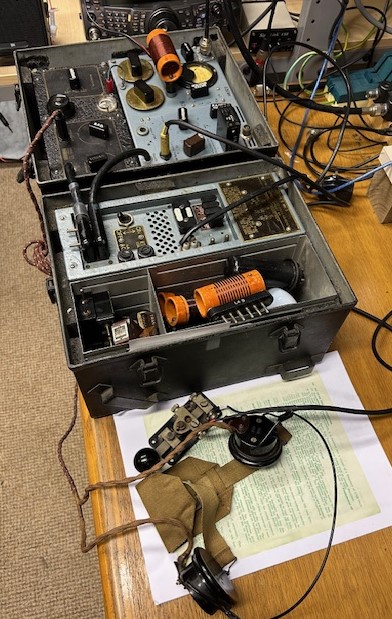
Chris Lenn, G4VHF, has sent in this picture of his fully restored WW2 B2 spy transmitter that he is putting on air for VE Day. Chris writes ” I have crystals for 40M and 80m. I purchased it as a schoolboy in 1971. It sat unused for many decades but is now back in full working order.”
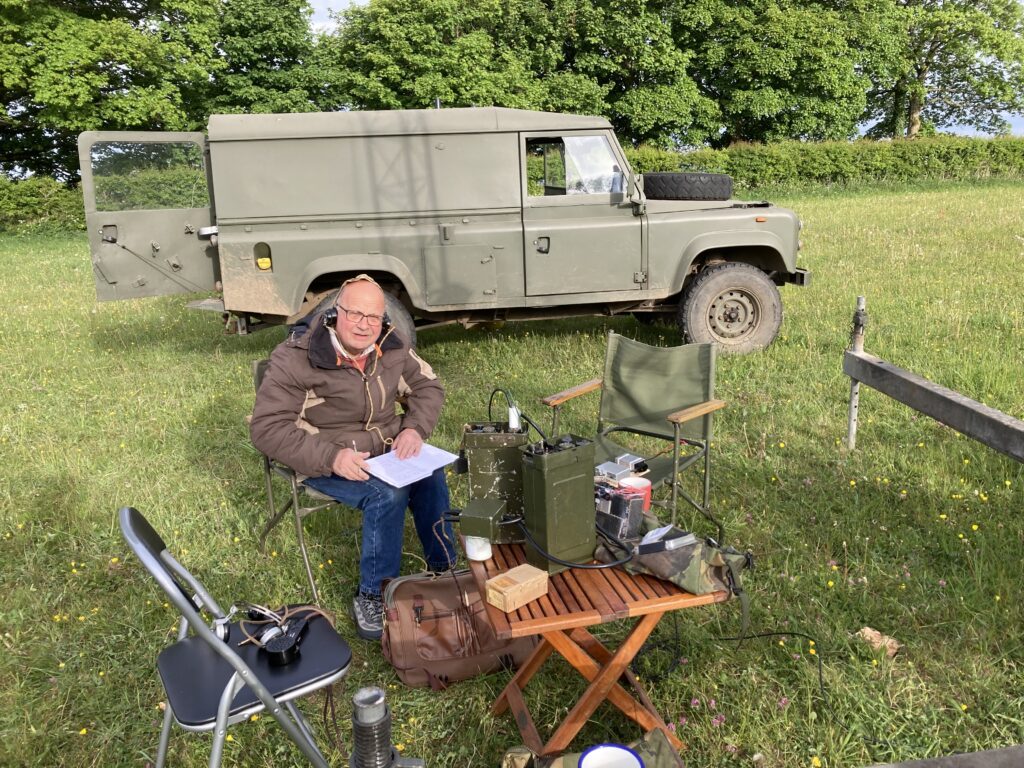
Tony Barron working the VE Day QRP net at around 07:20 am, 8th May, using a WW2 Wireless Set 46 made by EK Cole – Ecko Radio. These sets were designed specifically for use by paratroops and by invasion Royal Navy Beach Masters who controlled and cleared vehicles and equipment coming ashore.
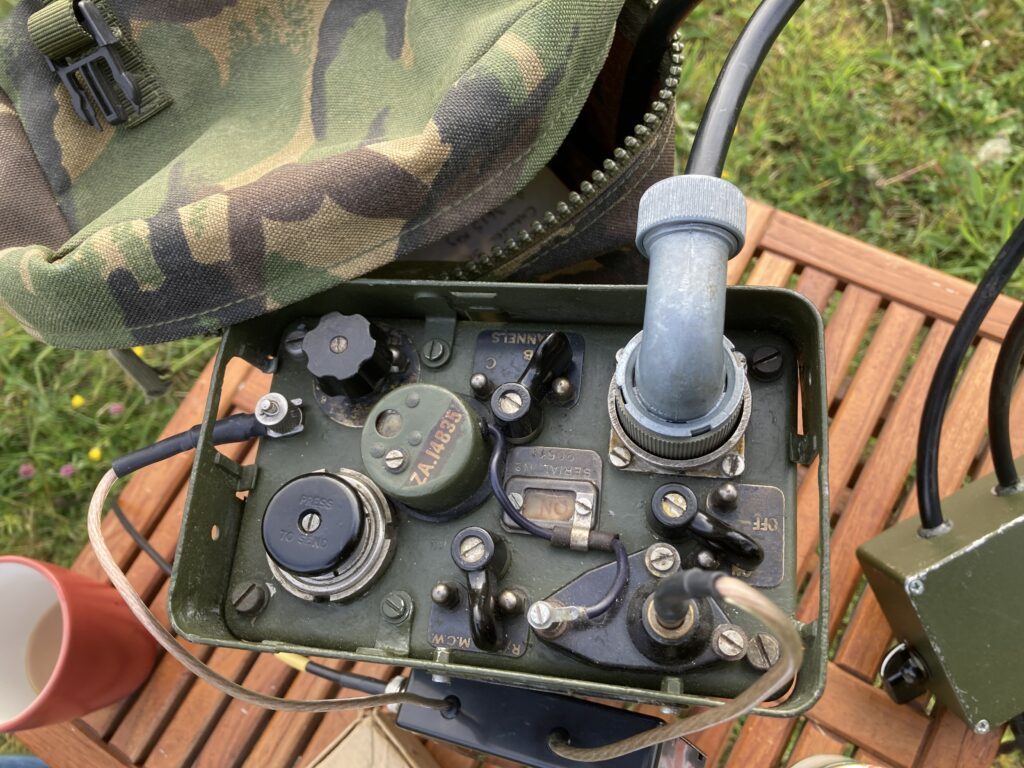
The WS46 being used by Tony. RF output 700mW and crystal controlled on 3615KHz. Communications was established with many stations working the QRP net from around the country and in the Netherlands using an inverted V dipole aerial cut for 3615KHz and mounted onto an 18m latice tower. This is a classic example of low power limitations being overcome by having a decent aerial and good modulation. The decent aerial pictured here, mounted on the top of the wind up latice tower in a quiet location on the top of a hill at 780 feet ASL. 3miles from Cheltenham.
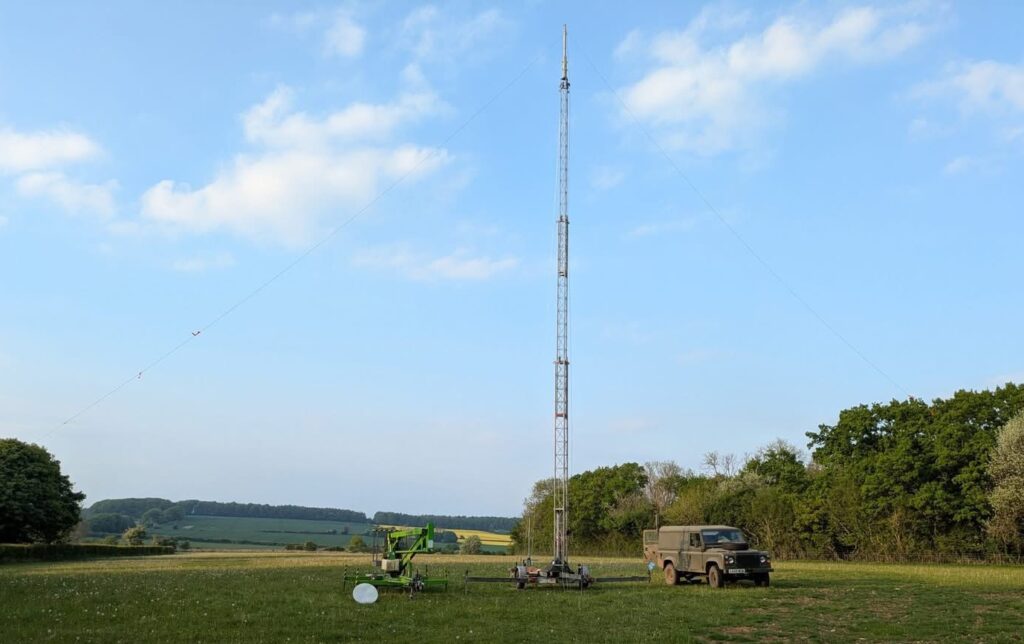
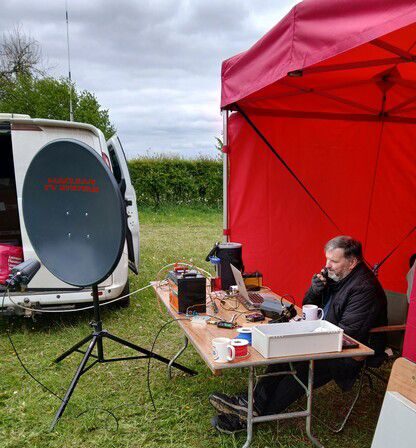
VMARS member Rich Bamber, M0XRB, chose a different VE Day celebration path, setting up a QO100 satellite ground station for the first time to join a pan European VE Day twinned towns on air gathering of local dignitaries from several countries. Rich set up the station with M0URF and made several contacts around Europe over the satellite.
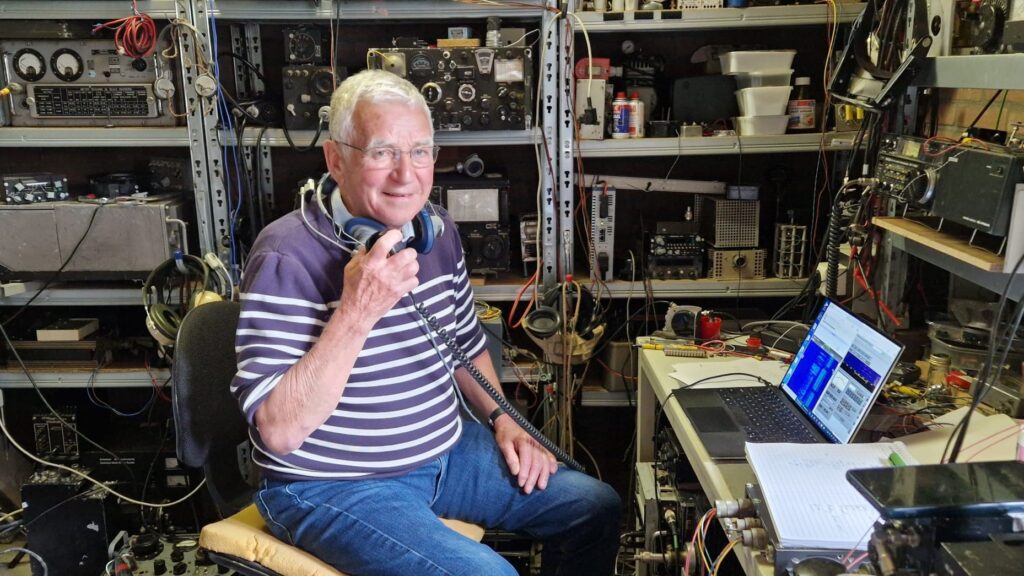
Trevor Sanderson, PA3BOH, running the VMARS LSB VE Day net between 12:00 and 13:00 on 8th May from his home QTH at Wassenaar near Den Haag in the Netherlands. Trevor used a special Dutch call, PA45VE for the net, which took place on 7073KHz. His QSL card is pictured below.
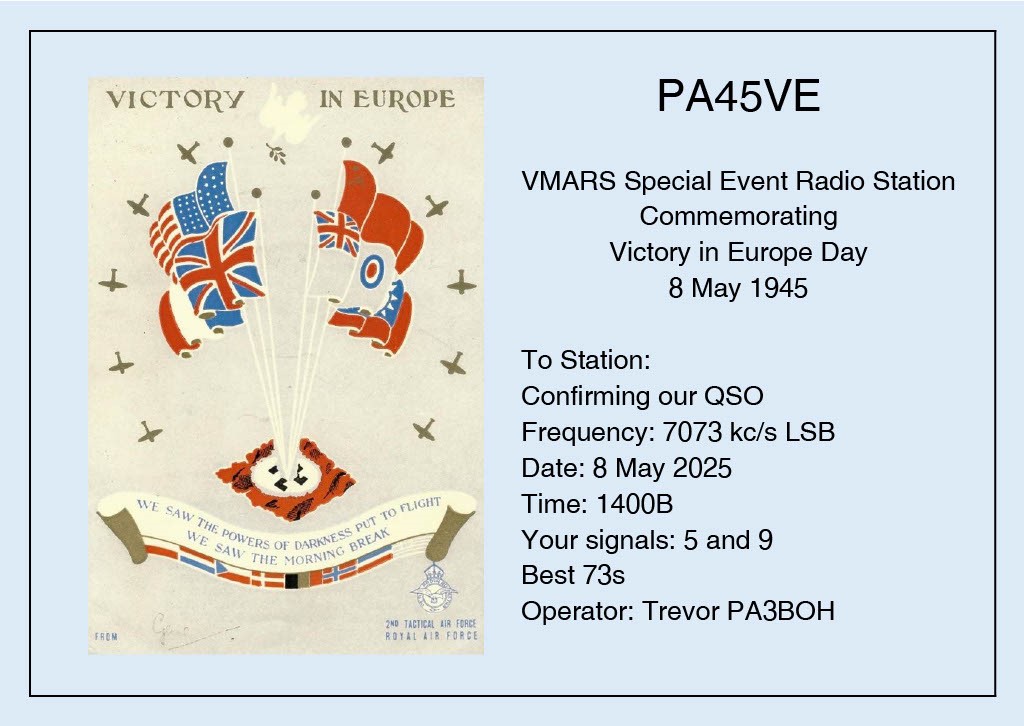

Stuart McKinnon, G0TBI, working into the VMARS VE Day nets using the call sign of the Royal Air Force Amateur Radio Society, G8FC, and located at the suitably decorated RAFARS Headquarters based at RAF Cosford. The very nice WWII station set up here by Stuart is a Wireless Set No. 19 MkIII with a WS19 RF Amplifier on top, a 12v/24v rotary mobile power supply, control box and aerial variometer. This is typical of a British Army Armoured Fighting Vehicle wireless installation in WW2 and beyond.
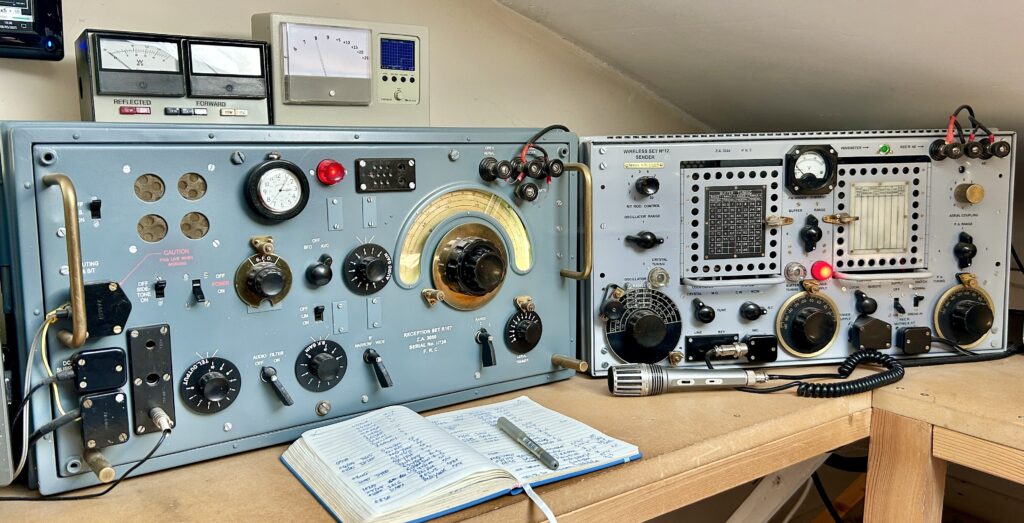
Above – Martin Sweeting, G3YJO, ran the early morning QRP VMARS VE Day net on 3615KHz between 07:00hrs and 08:00hrs on 8th May from his home QTH near Guildford, using his beautifully restored WWII Wireless Set No.12 (right) alongside its companion R107 receiver.
Below – Other equipment used by Martin on the VMARS VE Day nets throughout the day and pictured here from his superb collection of fully working WWII British Army wireless equipments are, left to right, WS19 RF amplifier, WS19 rotary power supply, Wireless Set No.19 MkIII, Wireless Set No.62 transceiver, R107 receiver and the magnificent Wireless Set No.53
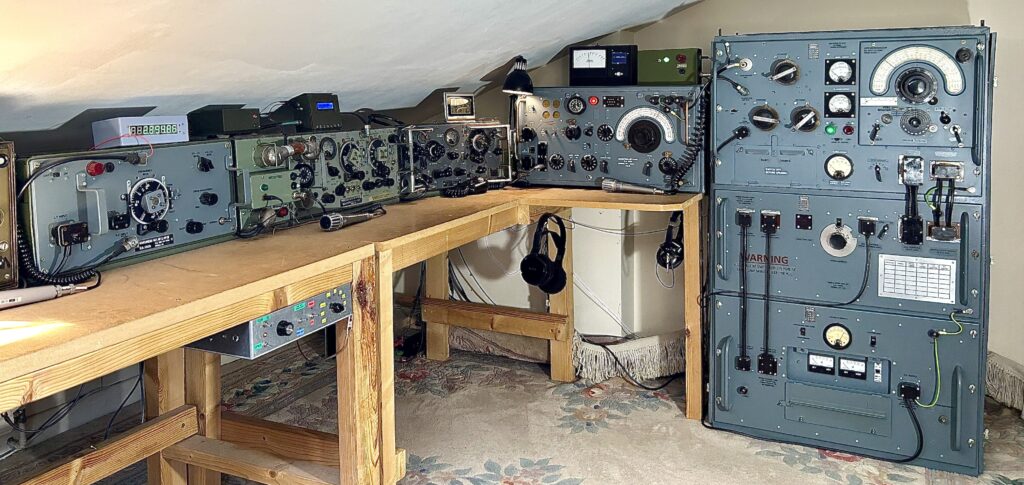
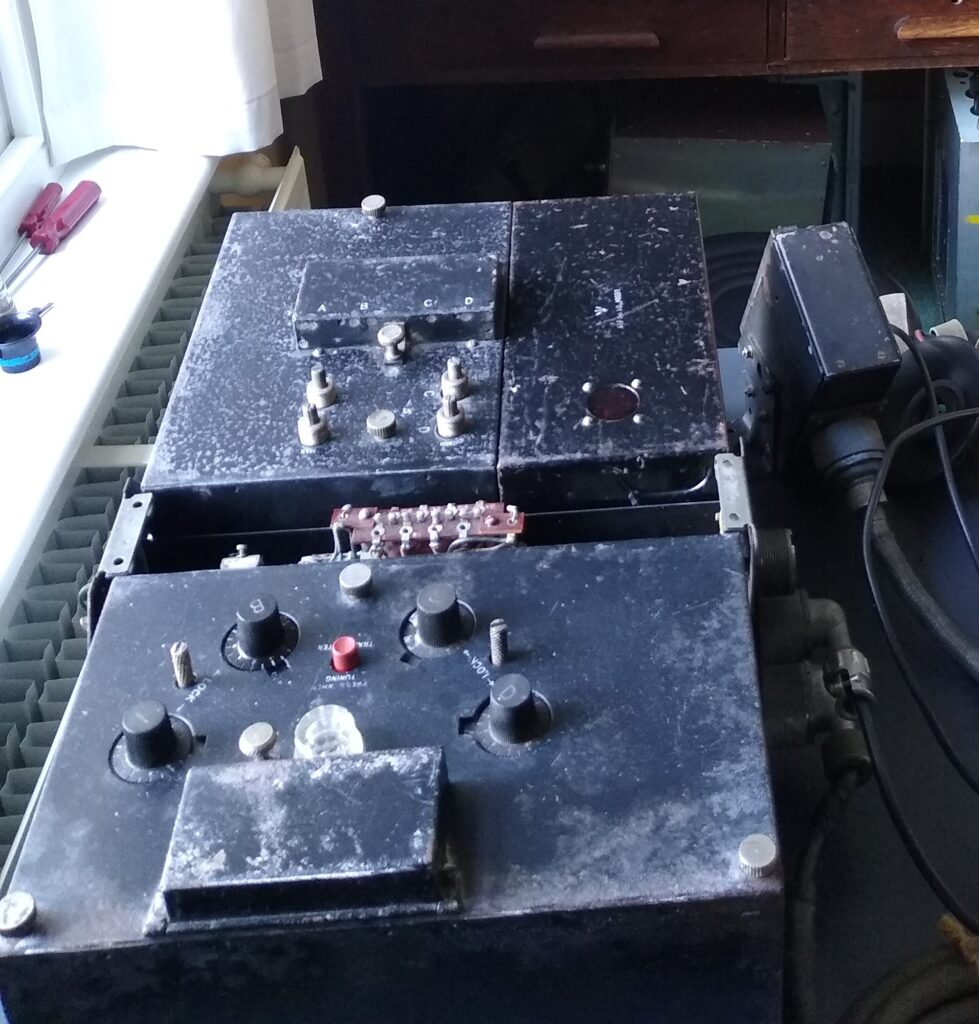
Transmitter/Receiver TR1196 from an early Spitfire. The set operates in the frequency range of 2MHz – 6MHz and is crystal controlled to transmit and receive on four seperate channels, selectable by the pilot. Power output is one watt and Martin Smyth, M0MGA, succesfully used this on the VE Day early morning QRP net. Later Spitfires had more powerful sets, but the TR1196 went on to have a crucial role in the “British Darkie System” used as a secondary wireless set by Bomber Command aircraft to aid those which had lost their ability to navigate to a landing airfield. Here is a link to a site where the British Darkie System is explained
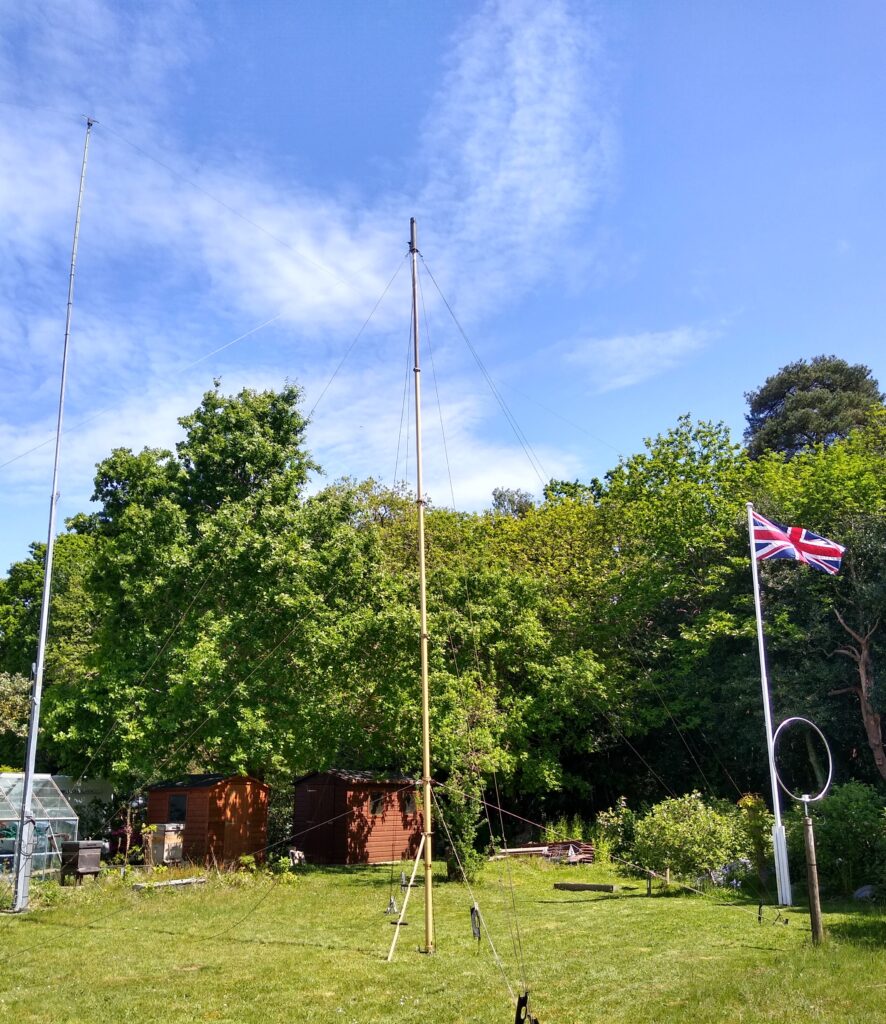
The M0MGA aerials set up in his garden for the VE Day nets. Martin ran the QRO net between 09:00hrs and 10:00hrs using high power equipment.
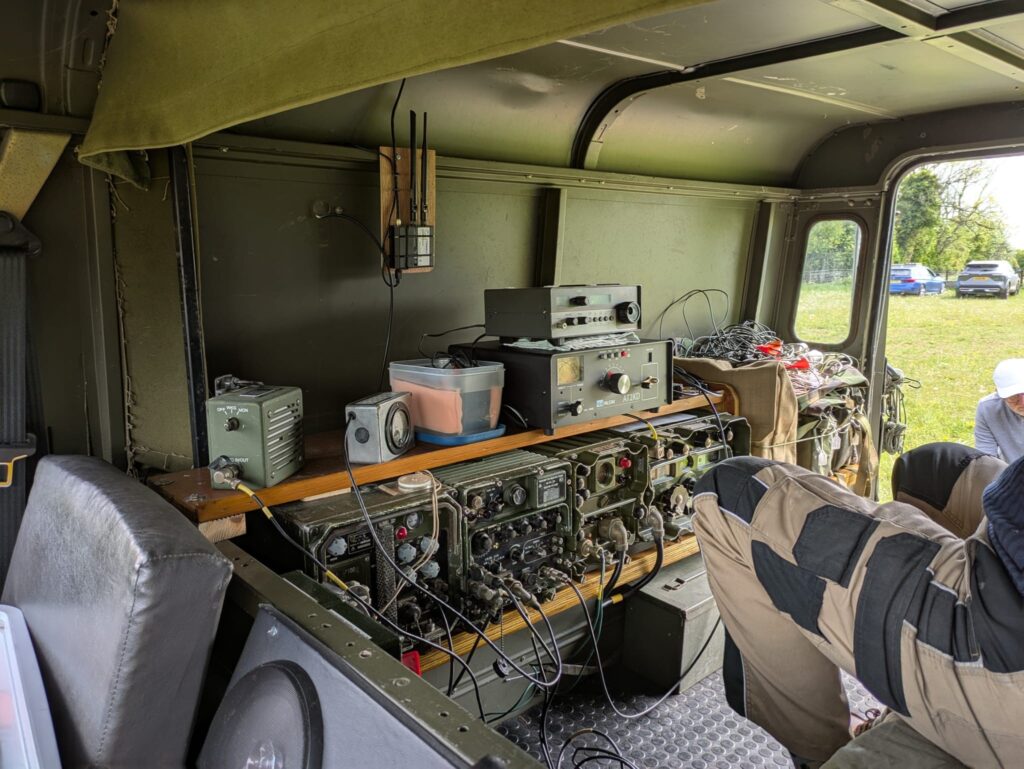
A fine pair of legs positioned in front of a rack of landrover mounted equipment which included a Clansman RT 321 used on the VE Day nets by the legs owner, Ian Underwood, M0YMK. (I can write that because I’m the editor of this site and they are my fine legs) For the high power nets the 321 was connected to a Yaesu FT2000B linear amplifier providing us with about 600 watts of RF. The site was a windy hill in Gloucestershire.
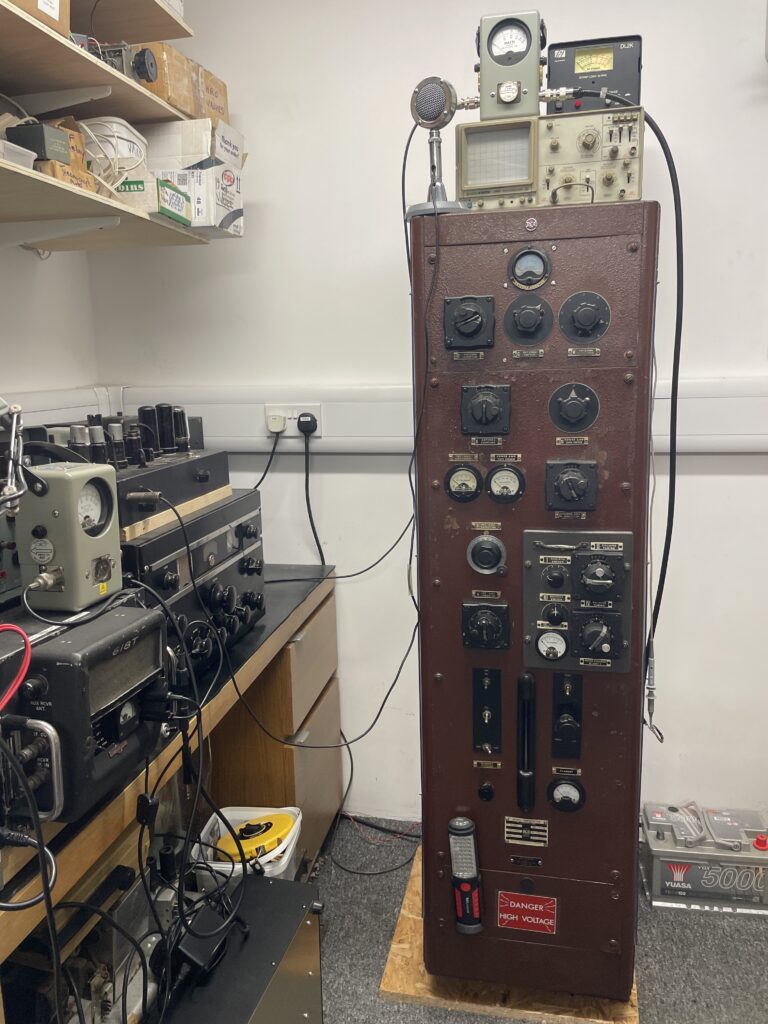
Alan Gladding, G4MOM, used this RCA ET4336 high power transmitter to work into the VMARS VE Day high power net from his home QTH in Woodham Ferrers. To find out more about this transmitter, click here for a link to the VMARS Archive.
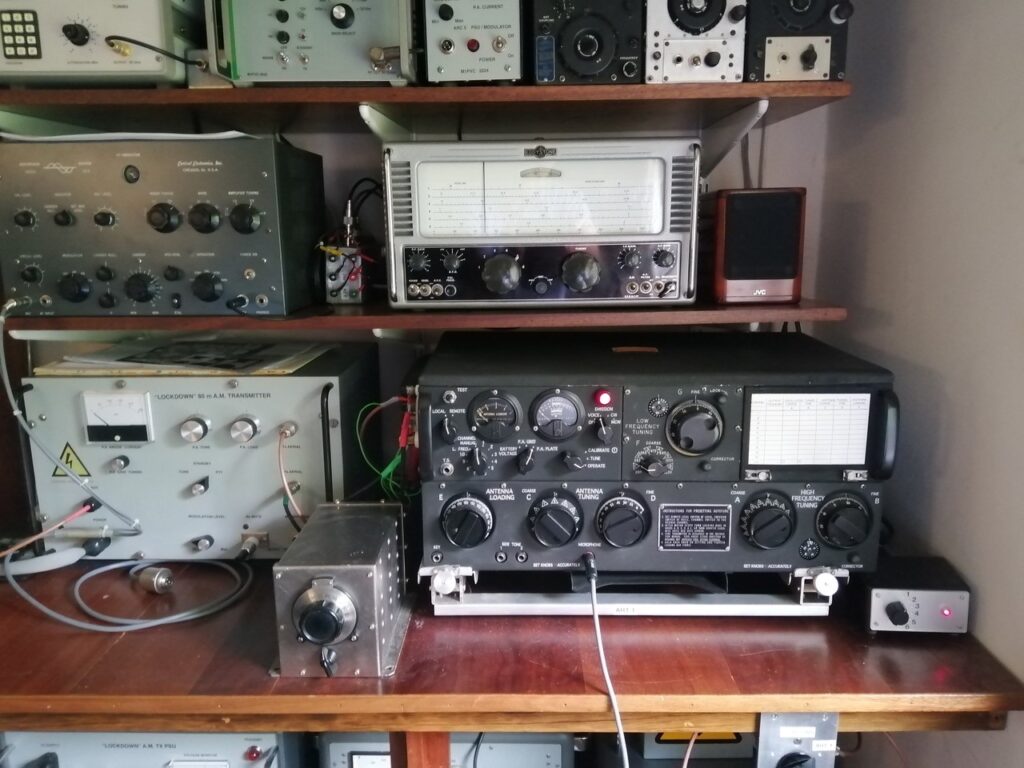
This is the immaculately restored U.S. made WWII Collins ART-13 transmitter that Paul Craven, M1PVC, used to host the VMARS VE Day Flypast Airborne Net between 08:00hrs and 09:00hrs on 8th May. The net attracted a wide variety of wartime airborne wireless equipment on the 3615KHz frequency.
The Collins ART-13 was used by the Royal Air Force on B24 Liberators and on Dakotas during and after WWII. Such was the Collins ART-13 range and reliabiltity that it was adopted by BOAC for many of it’s aircraft during the post war period up until the 1960’s. Some additional information about the Collins ART-13 can be found on this link.
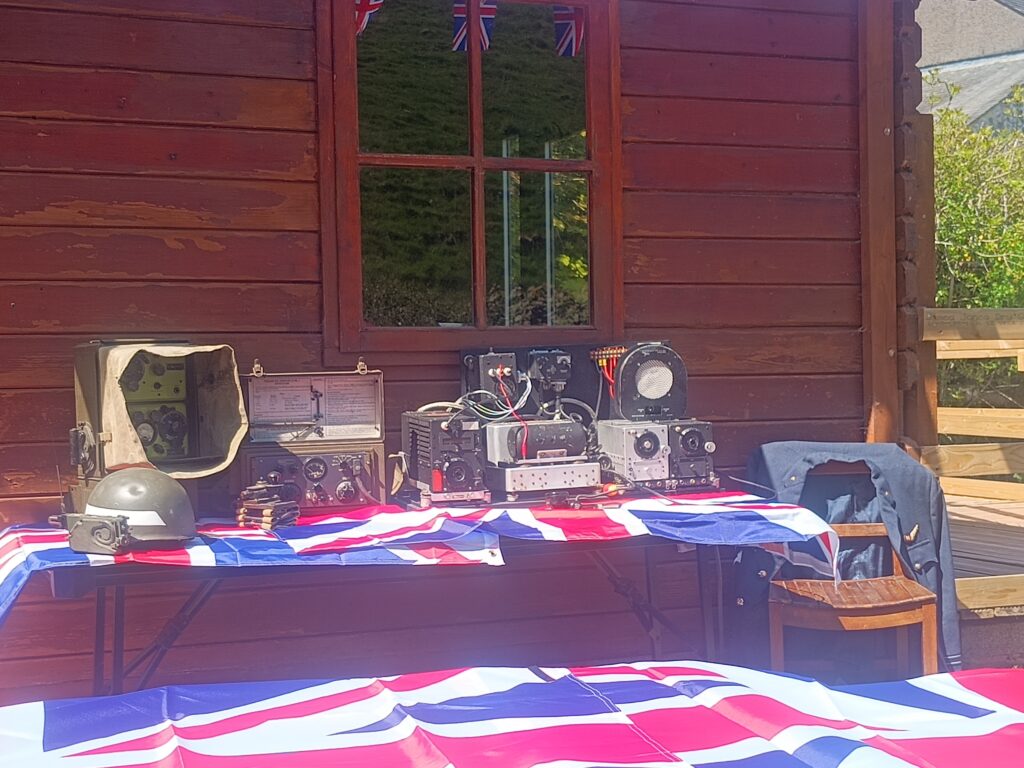
Nick Gregory, G0HIK, sent in these photographs and description of the VE Day displays put on by members of his local Furness Radio Club in Cumbria.
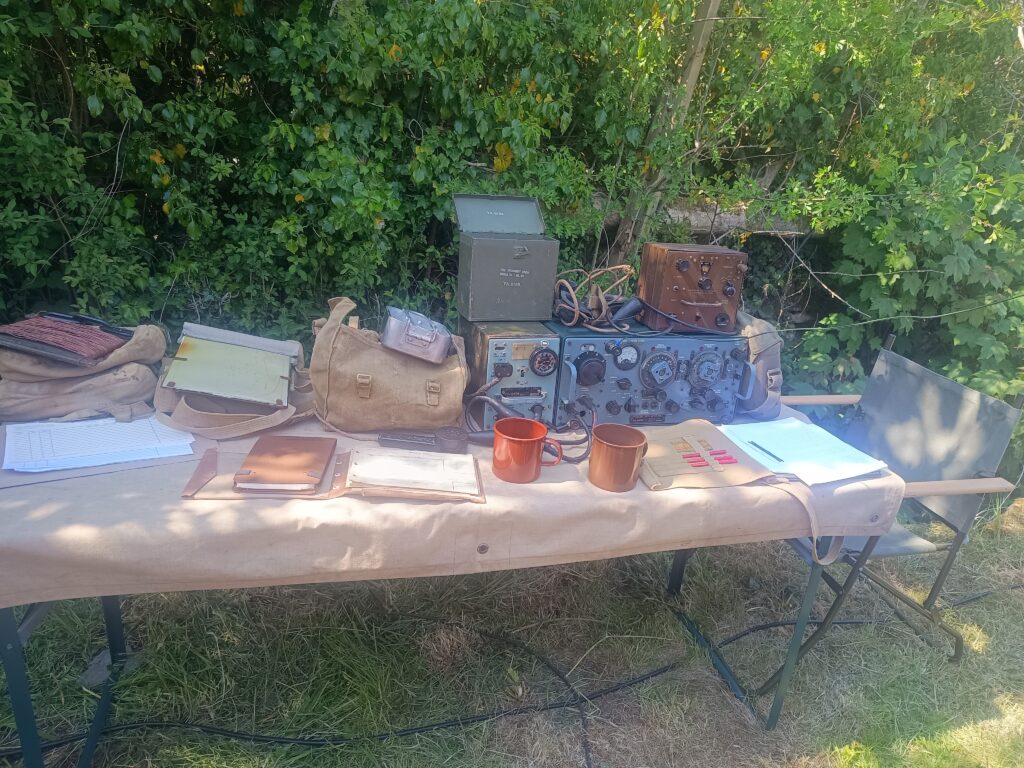
Nick says: “The three of us who are VMARS members set up radio displays at Gleaston Watermill near Ulverston in Cumbria. Jim M0KYL took his R1155, Simon G1ZIM had a great display of a WS-22 and Class D wavemeter, with many other related items on display. I took my Command kit running on Dyno’s as well as my W.S.48 and W.S.58. We did apply for the call GB0VIC, but due to conditions we didn’t use it and had to make do with the sound of Shannon VOLMET running in the background. Party food was supplied by the cafe staff at the mill. All Club members had a great day out.”
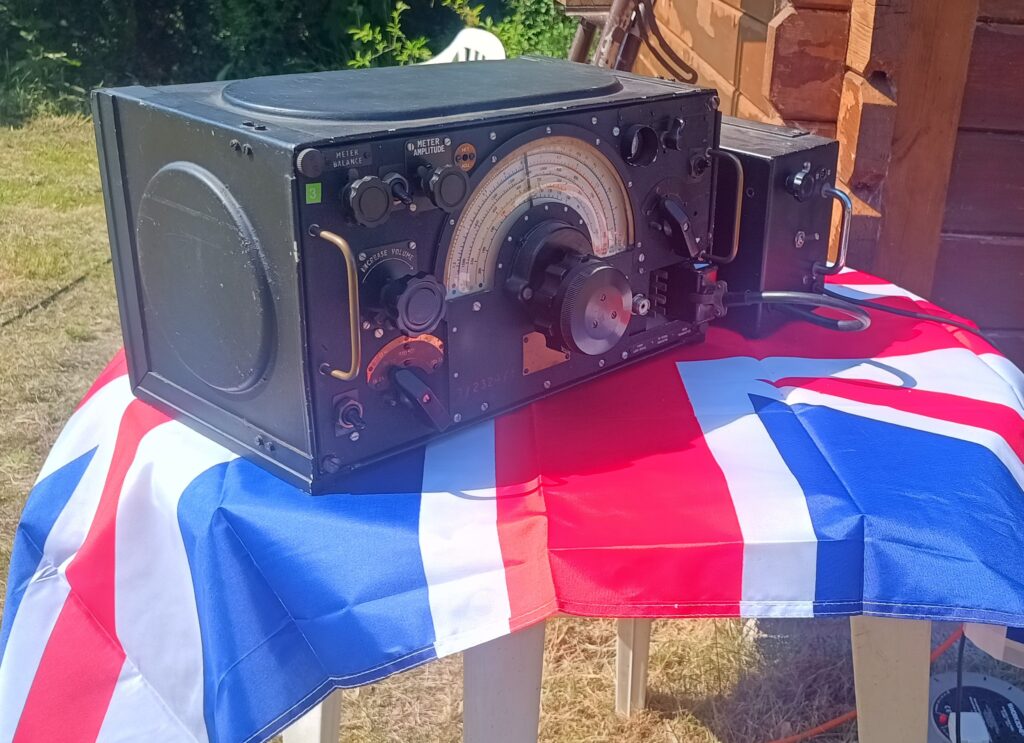
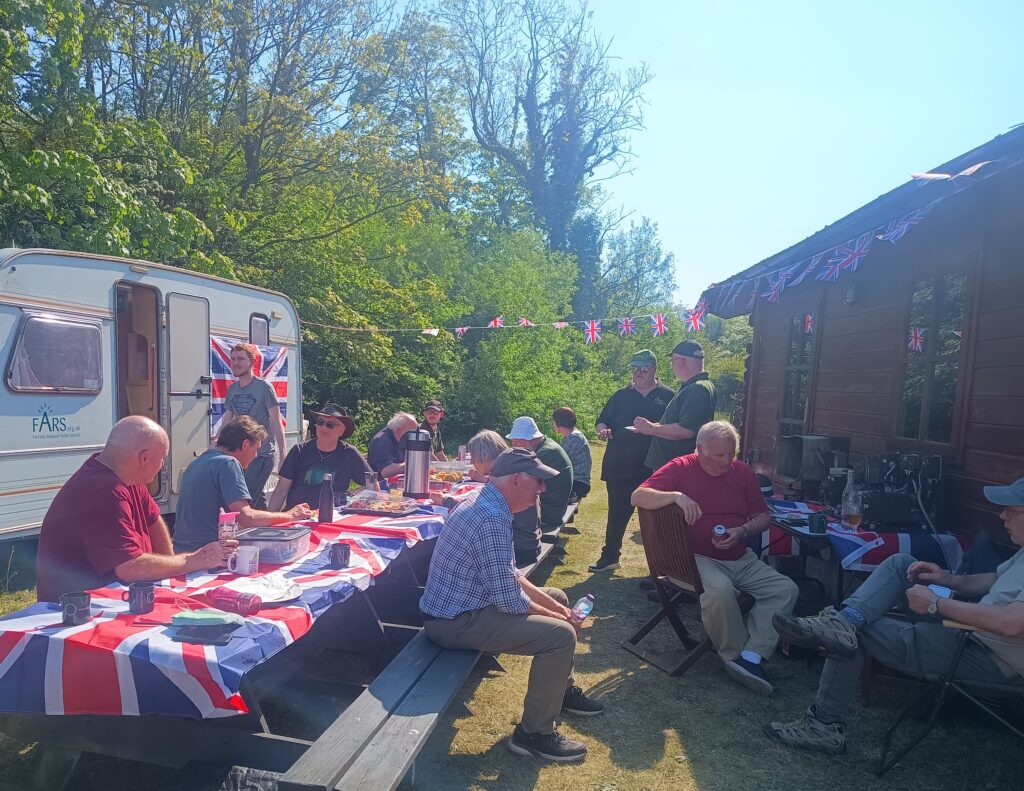
Members of the Furness Radio Club enjoying the sunny weather for their VE DAY gathering and WWII displays